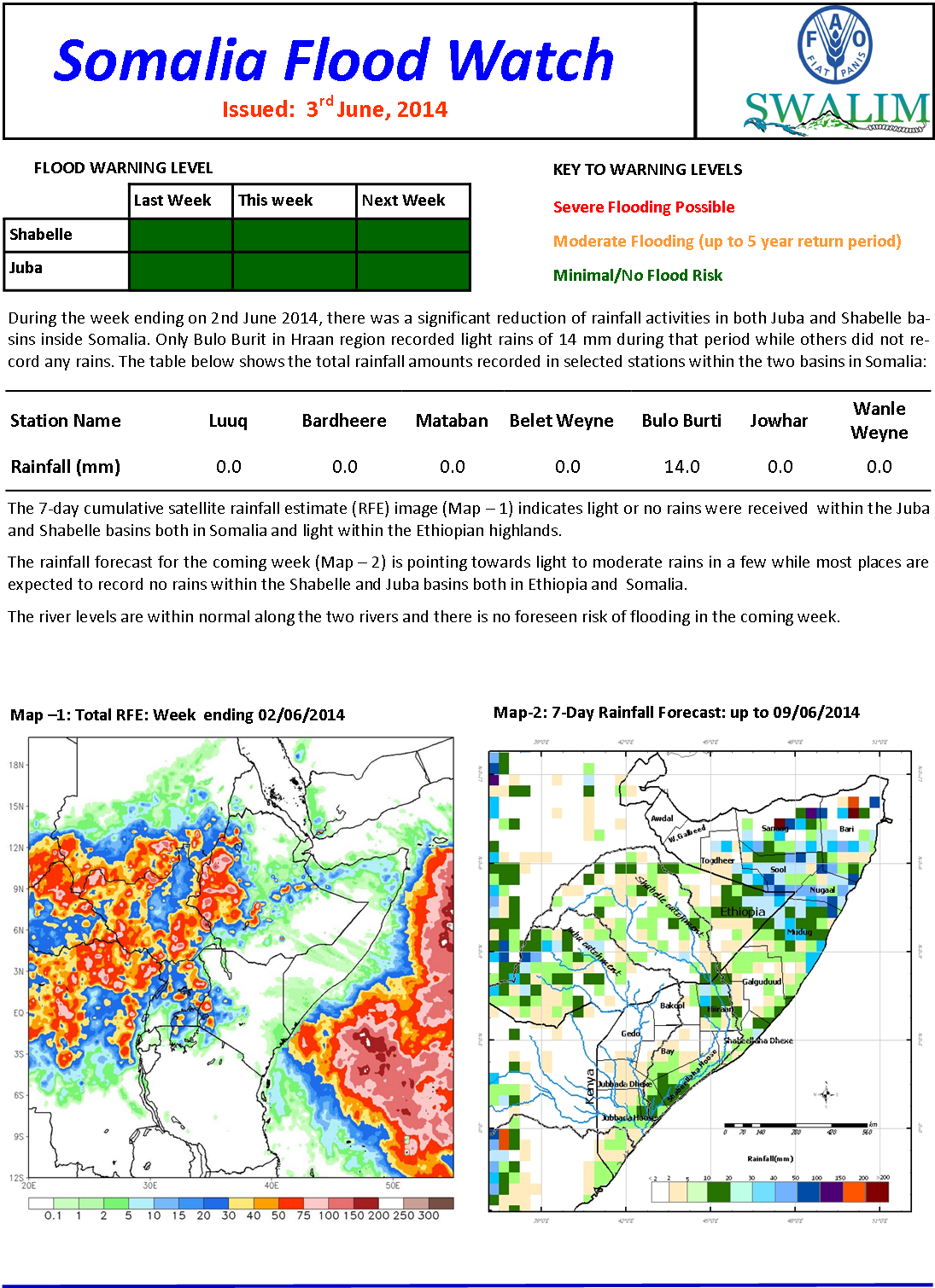Library Catalog
Latest Documents and Publications listed. Use search terms in the box below to find what you need
Project Formulation Tool Kit
The Toolkit, managed by the Technical Cooperation Department (TC), is designed to facilitate the formulation of projects under the FAO supported Special Programme for Food Security (SPFS), the Technical Cooperation Programme (TCP) and TeleFood, as well as under Trust Fund arrangements. Its content is organized into five clusters: andrdquoProject Categoriesandrdquo, andrdquoFunding Sourcesandrdquo, andrdquoSPFSandrdquo, andrdquoUseful Information and Referencesandrdquoand andrdquoLessons Learnedandrdquo, each with distinct characteristics. Introductory texts to each subject provide a general context and key issues concerned, with links to further information. For the most common technical disciplines of FAO's mandated areas, the Toolkit provides access to normative frameworks for project formulation and andrdquobest practiceandrdquoproject examples, preparation guidelines for FAO funding sources, supportive material and lessons learned from project implementation. The SPFS, for which there is a specific site, assumes a prominent role in the Kit. The Kit is not seeking to produce standardized and detailed blueprints. It is designed as an evolving process that will grow and change as needed by users. The Kit is accessible through the Technical Cooperation Department's web site andrdquoField Programme Management Information System (FPMIS)andrdquo.
Publication Type:
Other
Publication Date:
Author:
Corporate Author:
Food and Agriculture Organization of the United Nations, Rome (Italy)
Publication Type:
Other
Publication Date:
Author:
Corporate Author:
Sogreah Consulting Engineers
Publication Type:
Conference Proceedings
Publication Date:
Author:
Younis, A. A., Mokhtar, M. M.
Corporate Author:
Desert Research Center, Mataria (Egypt)
Publication Type:
Other
Publication Date:
Author:
Williams E.
Corporate Author:
European Commission
Publication Type:
Other
Publication Date:
Author:
Williams E.
Corporate Author:
European Commission- Somalia Unit
Publication Type:
Other
Publication Date:
Author:
Severn, B., Dennis, P.W.
Corporate Author:
Towards a strategy for agricultural developmnt in Somalia, From relief, rehabiliation and reconstruction to development
A preliminary draft of the outline of FAO strategy and programme approach for rehabilitattion and reconstruction of the food and agricultural sector in Somalia. The programme will be finalized and implemented as an integral component of the world bank coordinated multi-donor tskforceandrdquoFramework for planning of long term reconstruction and recoveryandrdquoof the country.
Publication Type:
Other
Publication Date:
Author:
FAO
Corporate Author:
Food and Agriculture Organization of the United Nations, Rome (Italy)
Publication Type:
Other
Publication Date:
Author:
Borrie, J.
Corporate Author:
Landmine Action, London (U.K)
Publication Type:
Other
Publication Date:
Author:
Corporate Author:
Flood Watch Bulletin 18-11-2014
During the week ending on 17 November 2014, there was a reduction of rainfall activities within the Juba and Shabelle river basins both inside Somalia and within the Ethiopian highlands.
Publication Type:
Flood watch bulletin
Publication Date:
Author:
Corporate Author:
Pages
 RSS feed [compliant with the Agris AP] |
RSS feed [compliant with the Agris AP] |  Agris AP XML
Agris AP XML



